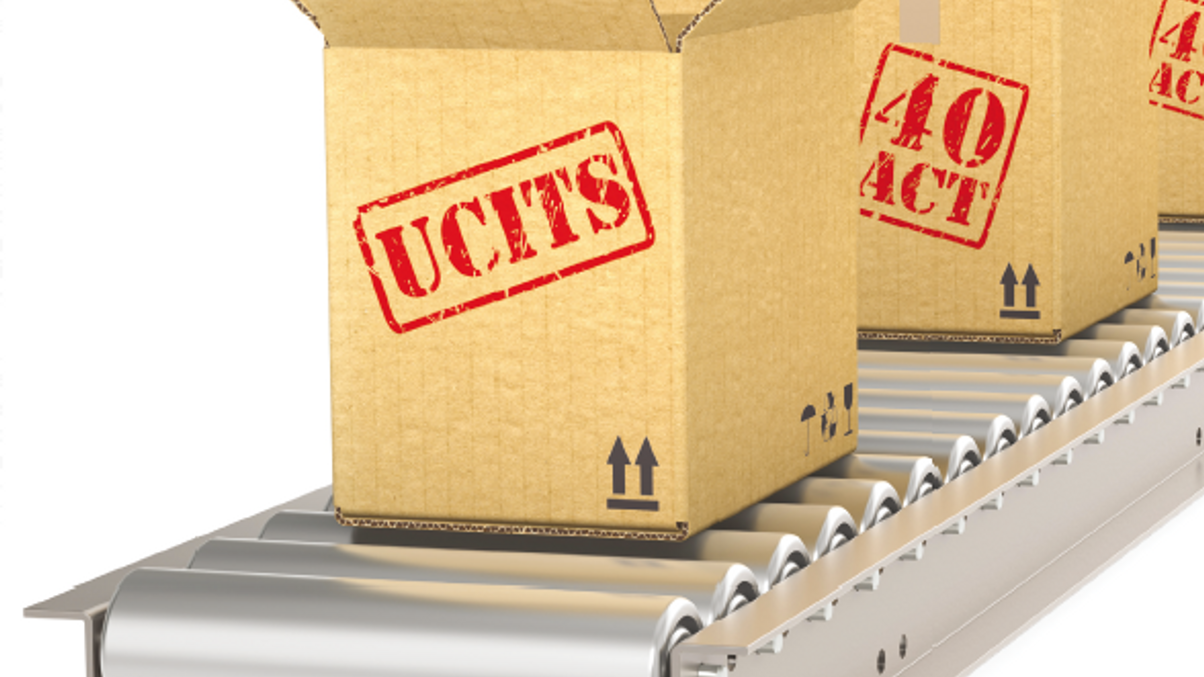Liquid alternatives: a worthwhile trade-off?
Retail-friendly, so-called liquid alternative investments are sparking interest in Asia, but some say they could they do more harm than good.

Liquid alternative products, a fast-growing asset class globally, are increasingly being touted in Asia, but some see them having the potential to harm the reputation of the industry.
Sign In to Your Account
Access Exclusive AsianInvestor Content!
Please sign in to your subscription to unlock full access to our premium AI resources.
Free Registration & 7-Day Trial
Register now to enjoy a 7-day free trial—no registration fees required. Click the link to get started.
Note: This free trial is a one-time offer.
¬ Haymarket Media Limited. All rights reserved.


